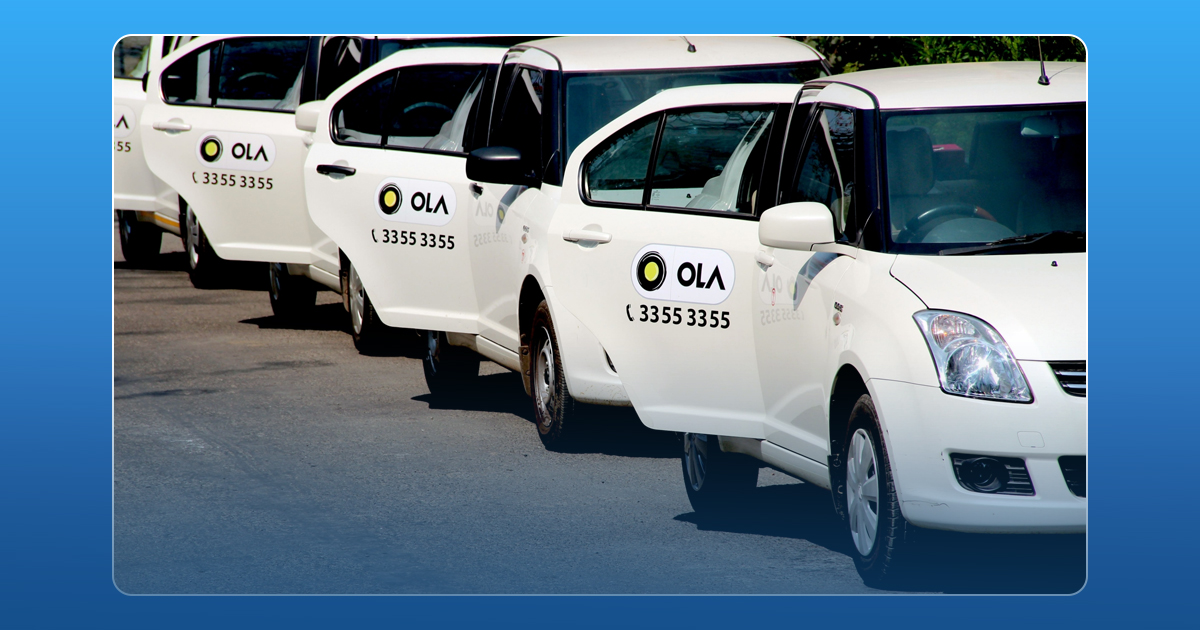ANI Technologies Pvt., Ltd., operating under the trade name Ola witnessed a heavy loss in the fiscal year 2015-16. India’s largest cab aggregator Ola posted a consolidated loss of over Rs. 2,311 crores, which estimates a loss of Rs. 6 crore per day.
This major loss occurred because of heavy advertising and promotional expenses as well as high employee cost so as to give a tough competition to it’s American rival Uber, in order to grow its market share.
However, ANI Technologies Pvt., Ltd., witnessed a stellar growth in its revenues when compared to last year’s results. The company had registered a seven fold growth at Rs. 758 crores during 2015-16 when compared to its Rs. 104 crores revenue a year ago.
According to the market industry analysts, the heavy loss incurred this year was due to advertising, initial driver incentives, huge customer discounts, as well as some major strikes in cities. However, there was a slight decrease in losses since the incentives for the driver fell down.
Employee costs of Ola went up more than 5 times to Rs. 379 crores in FY16. The advertising and sales promotion cost increased four-fold to Rs. 385.5 crores. Ola currently has around 5000 employees and after its acquisition of Taxi For Sure, the employee number went up to 6700 in early 2015, of which a large number was laid off in September 2016.
Ola is currently operated in 110 Indian cities which are quite high when compared to Uber which operates in 29 cities. The former has also been providing various services like Ola autos, Micro, Mini, Prime, Lux, Outstation, Share, Shuttle as well as e-rickshaws. And the company claims to have as many as 6,00,000 vehicles including all of the above.
Recently, Ola also raised $ 200 million from SoftBank, Ratan Tata and Falcon Edge.


站群程序
November 8, 2025 at 1:40 pm
采用高效谷歌站群策略,快速提升网站在搜索引擎中的可见性与权重。谷歌站群
GO88
November 9, 2025 at 1:45 am
Tham gia cộng đồng game thủ tại Go88 để trải nghiệm các trò chơi bài, poker phổ biến nhất hiện nay.
站群程序
November 12, 2025 at 4:59 am
搭载智能站群程序,自动化搭建与管理,为SEO项目提供核心驱动力。站群程序
iwin
November 14, 2025 at 12:23 pm
iwin – nền tảng game bài đổi thưởng uy tín, nơi bạn có thể thử vận may và tận hưởng nhiều tựa game hấp
MM88
November 14, 2025 at 5:07 pm
Với giao diện mượt mà và ưu đãi hấp dẫn, MM88 là lựa chọn lý tưởng cho các tín đồ giải trí trực tuyến.